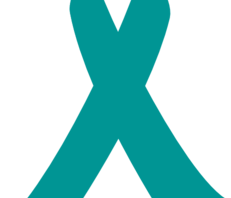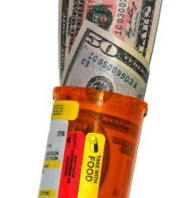January is National Cervical Health Awareness Month in the United States. With all women being at risk for cervical cancer, it’s important to be mindful of the health risks, symptoms, and resources available to those in need. The Center for Disease Control (CDC) estimates 12,000 people are diagnosed with cervical cancer each year, and about 4,000 die from it annually. The main cause of cervical cancer is human papillomavirus (HPV), a common virus that can be passed between people through sex or any genital skin-to-skin contact with someone who has the virus. HPV is so common that most people will […]




